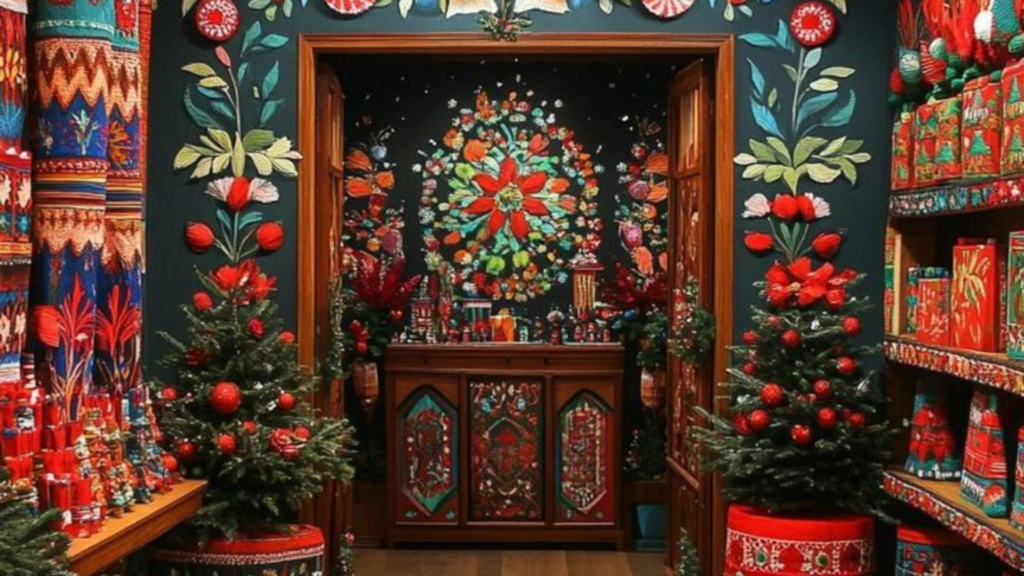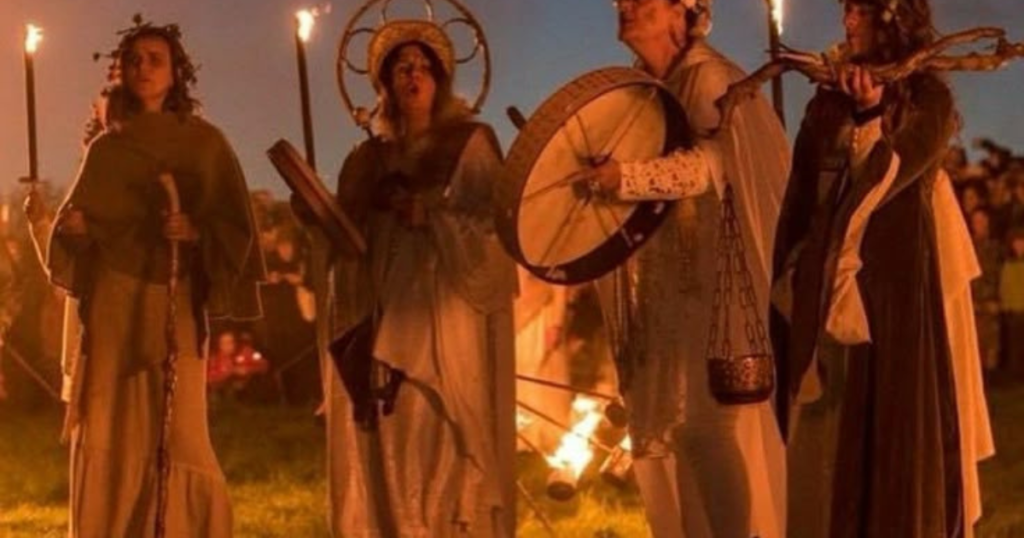Aragon is a historical, cultural, and beautiful region in northeastern Spain. Its lovely cities, such as Zaragoza and Teruel, along with the magnificent Pyrenees mountains, make Aragon an unforgettable experience for travelers. Festivals play an important role in Aragonese culture, showcasing centuries-old traditions and a deep sense of community. Whether you are exploring medieval towns, savoring local cuisine, or immersing yourself in vibrant celebrations, invites you to experience the Spirit of Aragon a unique blend of history, culture, and charm that leaves a lasting impression.
1. Overview of Aragon
Geography
Aragon shares borders with Catalonia, Navarre, La Rioja, Castilla y León, and France in the north. The division of this region into three provinces is comprised of Zaragoza, Huesca, and Teruel. This region exhibits diverse geography-from the majestic Pyrenees mountains in the north to the fertile Ebro River plains and the semi-arid landscapes of Bardenas Reales, a UNESCO biosphere reserve.
History
Historically, Aragon played a significant role in medieval Spain as the Kingdom of Aragon, a strong Christian kingdom. The rich heritage of this region is reflected in beautiful architectural landmarks like the Mudejar buildings in Teruel and the magnificent basilicas and palaces in Zaragoza.
Cultural Influence
Aragonese culture is Iberian, Roman, Moorish, and Christian. Such a unique culture can be traced through its fiestas, music, and arts. Traditions are so warmly celebrated that it can be observed in some of the activities held in Zaragoza like the Fiestas del Pilar. Some of the culinary specialties of the region include the local lamb recipes, fresh vegetables, and regional wines.
2. Top Attractions in Aragon
Zaragoza
Zaragoza is the capital of Aragon and houses the famous pilgrimage site, Basilica del Pilar, and the Aljafería Palace, which is an expression of Moorish architecture at its best. There are also more vibrant museums, like the one dedicated to Goya.
Huesca
Huesca, the gateway to the Pyrenees, has medieval architecture and historical sites that include the Cathedral of Huesca and the Abbey of San Pedro el Viejo. Across from it lies Ordesa y Monte Perdido National Park, one of the great hiking trails around the world.
Teruel
Teruel is known for its UNESCO-listed Mudejar architecture and has attractions like the Alcañiz Castle and Torre de El Salvador. Dinópolis Theme Park gives an entertaining prehistoric twist to this city’s charm.
Pyrenees and Monasterio de Piedra
For nature lovers, the Pyrenees offer excellent hiking, skiing, and mountain landscapes. Monasterio de Piedra, with its waterfalls and lush gardens, provides a peaceful retreat.
3. Natural Beauty and Outdoor Activities
Lakes and Reservoirs
While Aragon is landlocked, it offers beautiful lakeside resorts such as Mequinenza Reservoir and Embalse de Cijara. These spots are perfect for kayaking, fishing, and relaxing by the water.
Natural Parks
Some of the landscapes found in Aragon include the Ordesa y Monte Perdido National Park, which is a UNESCO World Heritage site, and Bardenas Reales, which is a unique desert-like landscape ideal for adventure-seekers.
Outdoor Recreation
This region is ideal for outdoor activities as one can engage in hiking, mountain biking, and cross-country skiing during winter in the Pyrenees.
4. Festivals in Aragon
Fiestas del Pilar (Zaragoza)
One of Spain’s most popular festivals, Fiestas del Pilar celebrates the Virgin of Pilar with parades, fireworks, and traditional Jota dancing.
Semana Santa (Holy Week)
Aragon observes Easter with solemn religious processions, especially in Zaragoza and Teruel, where the floats and music are so movingly beautiful.
La Vaquilla del Ángel (Teruel)
This festival is held in July and features bull-running, parades, and lively celebrations that reflect the cultural heritage of Teruel.
Festa de la Trashumancia (Zaragoza)
It’s a vibrant festival showing the transhumance of shepherds and their flocks with parades of colors and traditional music, reflecting the rich spirit of Aragon Festivals and Traditions.
Feria de la Candelaria (Huesca)
A lively fair with exhibitions of agriculture, music, dance, and local food.

5. Taste of the City
Specialties
Traditional Aragonese cuisine is rich and savory. To savor:
- Ternasco (roasted lamb with herbs)
- Migas (fried bread with chorizo and garlic)
- Chiretas (a sausage made with rice and meat)
Wine and Olive Oil
The Somontano wine region of Aragon produces excellent reds and whites, and the olive oil from the region is considered one of the best in the world for its flavor.
Local Markets
The traditional markets, like the Central Market in Zaragoza, give a true taste of the local produce, meats, and sweets of Aragon.
6. Art and Architecture
Mudejar Architecture
A fusion of Moorish and Christian styles, Mudejar architecture is a defining feature of Aragon. UNESCO-listed sites in Teruel and Zaragoza showcase this distinctive style.
Francisco Goya
One of Spain’s greatest artists, Francisco Goya was born in Fuendetodos, Aragon. His works, housed in the Museo Goya in Zaragoza, continue to inspire art lovers worldwide.
7. Folk Traditions and Crafts
Folk Art and Celebrations
Festivals feature handmade costumes, masks, and decorations that highlight Aragon’s rich artistic traditions.
8. Aragonese Language and Literature
Literature
Aragon has been home to notable writers and poets, contributing significantly to Spanish literature. Efforts continue to preserve and promote Aragonese literary heritage.

Conclusion
Aragon is a region where history, culture, and natural beauty intertwine seamlessly. Its vibrant festivals, Cultural Heritage of Aragon, rich culinary traditions, and stunning landscapes offer an unforgettable experience for travelers. Whether exploring medieval architecture, tasting delicious local dishes, or joining in lively celebrations, visitors to will undoubtedly feel the true of this remarkable Spanish region.
